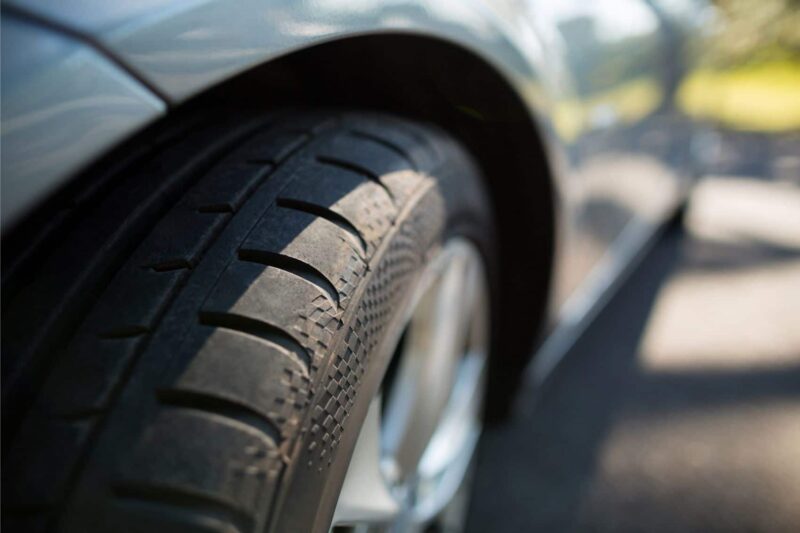Buying second-hand tires can be a savvy way to save money while keeping your vehicle safe, but it’s not without its pitfalls. Navigating the realm of used tires requires a discerning eye and a bit of know-how.
After all, what seems like a great deal could lead to unexpected headaches if you’re not careful. With countless options out there—ranging from reputable sellers to dubious marketplaces—finding quality tires at an affordable price can feel like searching for a needle in a haystack.
This guide will equip you with essential tips and tricks to help you make informed decisions, ensuring that you get the best value for your money without compromising on safety. Join us as we delve into the right way to buy second-hand tires, empowering you to hit the road with confidence.
Introduction: The Benefits of Buying Second-Hand Tires

Buying second-hand tires can be a game changer for budget-conscious consumers and environmentally aware drivers alike. Not only do you save a significant amount of money compared to purchasing new tires, but you also contribute to a more sustainable cycle of consumption by extending the life of a product that still has plenty to offer.
Imagine the thrill of finding a quality set of tires at a fraction of the original price, all while helping to reduce waste in our landfills. Plus, the variety available in the second-hand market often means you can select from a wider range of brands and models than you might find at a regular retailer. However, navigating this market requires a discerning eye and some savvy strategies to ensure you’re not just getting a good deal, but a valuable one that keeps you safe on the road.
Understanding Tire Lifespan: How Long Can They Last?

The lifespan of tires can be a perplexing topic for many drivers, shrouded in a mix of myths and truths that often leave consumers wary. Typically, a tire is expected to last anywhere from 25,000 to 50,000 miles, but this figure is influenced by various factors—driving habits, road conditions, climate, and maintenance routines can all play a significant role. Some might experience wear in just a couple of years, while others may find their treads holding up for nearly a decade.
Regular inspections, checking for signs of uneven wear or aging, and understanding the DOT code can significantly affect longevity. Ultimately, paying attention to these nuances empowers you as a buyer, guiding you toward a smarter investment when considering second-hand options.
Where to Find Quality Second-Hand Tires

When searching for quality second-hand tires, consider visiting several sources to ensure you find the best options available. Start with reputable tire retailers, as many carry a selection of pre-owned tires that have been thoroughly inspected and come with limited warranties.
Dont overlook tire reclamation yards—these can be treasure troves for used tires, offering everything from barely worn sets to older ones at a fraction of the price. Online marketplaces and classified ads also present vast opportunities, but proceed with caution; always inquire about the tires history and condition.
Peer recommendations can serve you well too; word-of-mouth from friends or local mechanics often leads to trustworthy vendors who specialize in second-hand tires. Lastly, community forums and social media groups can provide leads on safe purchases and alert you to any local sales or discounts.
Equip yourself with knowledge and a critical eye, and you’ll navigate the second-hand tire landscape with confidence.
Conclusion
In conclusion, purchasing second-hand tires can be a smart and economical choice if done correctly. By following the guidelines outlined in this article—such as thoroughly inspecting the tires, verifying their history, and understanding the sellers reputation—you can significantly reduce the risk of making a poor investment.
Remember, taking your time and doing your research is essential to ensure that you get quality tires that meet your needs. For more tips and resources on buying second-hand tires and ensuring you make informed decisions, visit us one time for expert guidance and a wealth of information. Happy tire hunting!


